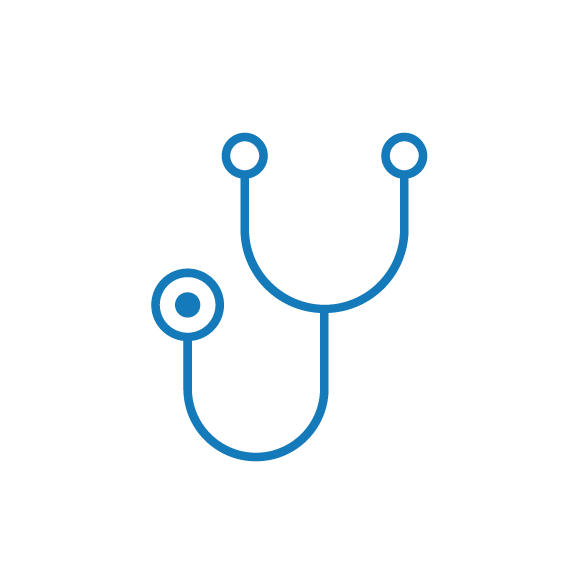West Tennessee Healthcare Takes Innovative Approach to Telehealth
When the pandemic hit in March, West Tennessee Healthcare (WTH) faced the same dilemmas as healthcare organizations all across the country: With a lack of available personal protective equipment (PPE), safety concerns for doctors and patients, and the inability to reach many patients in person, WTH needed to launch a telehealth program—and they needed to do it quickly.
“We had developed the vision and strategy for our telehealth program, which we originally planned to roll out over six to twelve months, but in March our leadership team knew we needed to push out the program in just a few weeks,” says Dr. Claude Pirtle, Chief Medical Information Officer.
WTH leaders immediately formed a Telehealth Governance Council made up of clinicians, clinic directors, nurses and administrators to develop a solution for the entire enterprise, including 40 primary and specialty care clinics. The council first focused on educating patients on the benefits of telehealth visits and providing scripts for staff members to use when scheduling patient visits. After navigating the technological learning curve, physicians and patients discovered the convenience and quality of virtual appointments. Many adopted telehealth visits enthusiastically with an increase of 1300% in March 2020 as compared to March 2019.
Although adoption of virtual visits began to climb quickly, proper coding and documentation was another hurdle to overcome. Providers had to steer through frequent shifts to the rules, including changing modifiers and regulations. WTH leaders educated physicians about coding and documentation using one-pagers, short presentations and direct phone calls that didn’t get too deep into the weeds.
“We didn’t want to overwhelm physicians, and we wanted to give them small bits of training on coding, rather than having massive education sessions,” Dr. Pirtle says. “Regulations and payors are still changing, and they all require something different. We want to get coding out of physicians’ and nurse practitioners’ hands and give it to the billing experts. We want our providers to focus on giving quality care—not on modifiers.”
Dr. Pirtle also noted that WTH has worked with VHAN on coding improvements and risk stratification through consults and regular Performance Improvement Committee meetings from the Connected Care Accountable Care Organization.
Virtual Care ‘Wins’ for Patients
In addition to its organization-wide telehealth program, WTH physicians have begun offering remote patient monitoring for patients who have been discharged from the hospital or emergency department with COVID-19. Discharged patients receive a device to monitor their pulse oxygen level and heart rate, and if their vital signs fall below an acceptable range, providers receive a notification and a care coordinator reaches out within minutes to assist them.
“We’ve had a number of wins through this 24-hour coverage,” Dr. Pirtle says. “In some cases, our nurses have called an ambulance for a patient who is alone and needs immediate care. Going forward, we plan to implement remote patient monitoring for people with congestive heart failure and COPD. Overall, this new effort is very successful and has allowed us to provide quality care outside of the hospital.”
For more information about WTH’s telehealth program, read Dr. Pirtle’s article in Telehealth and Medicine Today.




